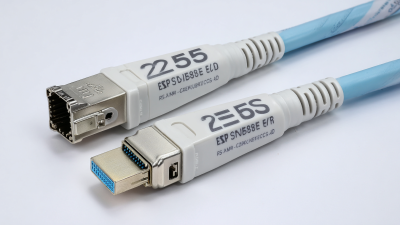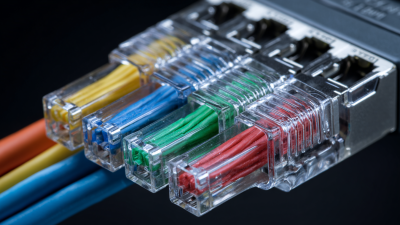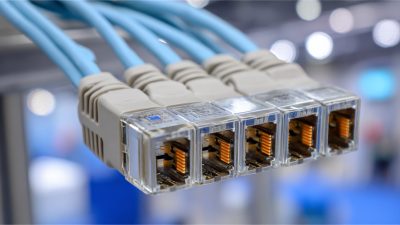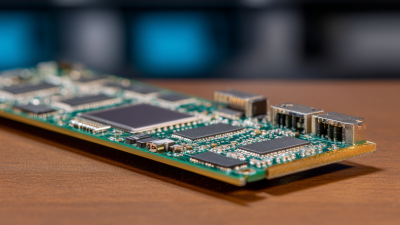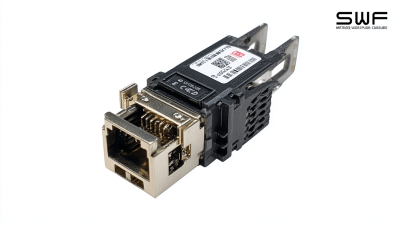Leave Your Message
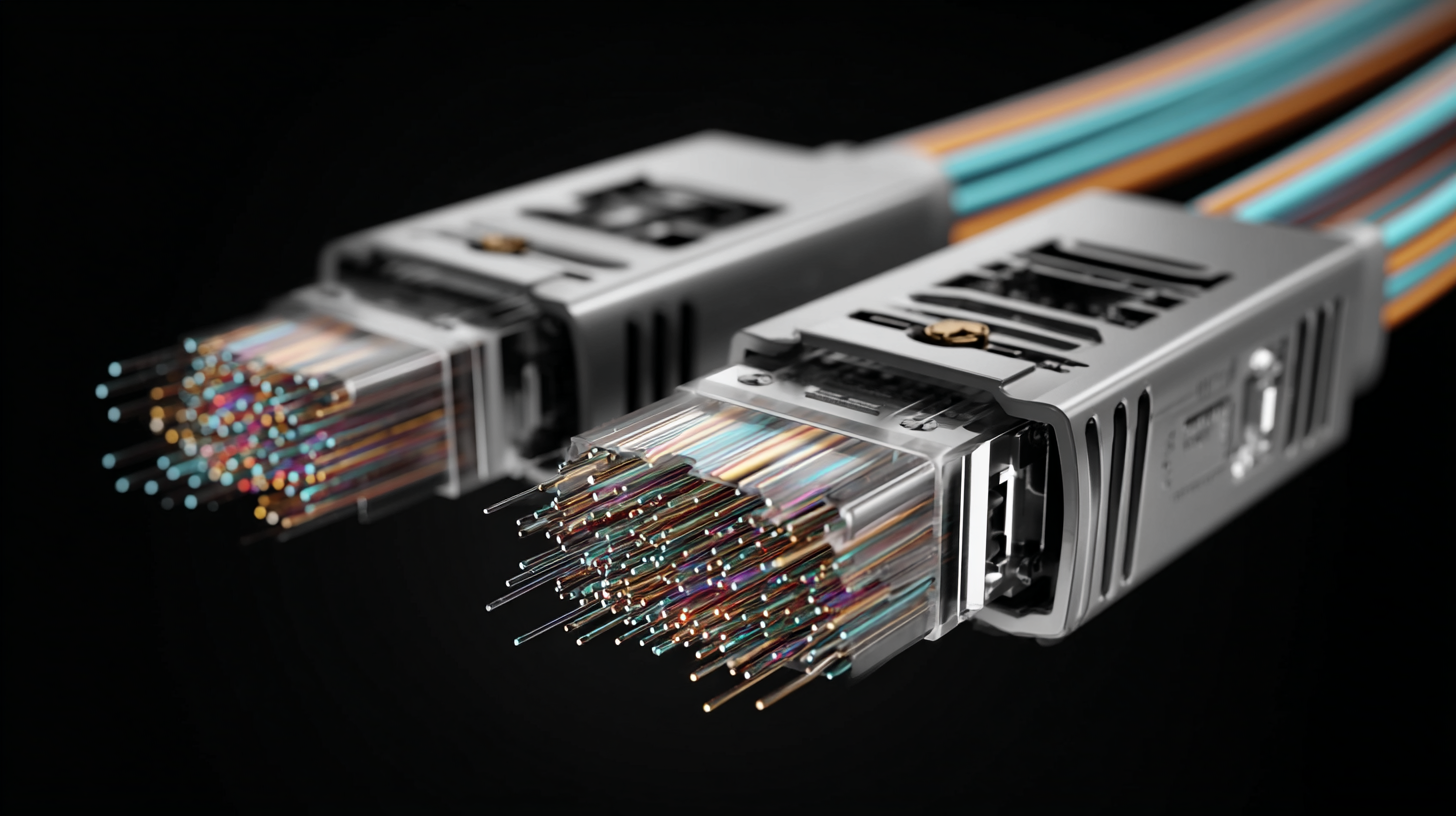 The rapid evolution of networking technologies has made it imperative for data centers and enterprises to adopt high-speed connectivity solutions that cater to increasing bandwidth demands. One of the key advancements in this domain is the implementation of the 40G QSFP+ Active Optical Cable (AOC), which offers significant benefits over traditional copper cabling. According to a report by MarketsandMarkets, the global market for active optical cables is expected to grow at a CAGR of 12.2% from 2020 to 2025, reflecting a rising trend towards energy-efficient and high-performance networking solutions. The 40G QSFP+ AOC stands out due to its ability to transmit data over longer distances while minimizing latency and power consumption, making it ideal for high-density installations in modern data centers. As networking needs continue to evolve, understanding the advantages of 40G QSFP+ AOC becomes essential for organizations aiming to enhance their infrastructure and optimize performance in a competitive digital landscape.
The rapid evolution of networking technologies has made it imperative for data centers and enterprises to adopt high-speed connectivity solutions that cater to increasing bandwidth demands. One of the key advancements in this domain is the implementation of the 40G QSFP+ Active Optical Cable (AOC), which offers significant benefits over traditional copper cabling. According to a report by MarketsandMarkets, the global market for active optical cables is expected to grow at a CAGR of 12.2% from 2020 to 2025, reflecting a rising trend towards energy-efficient and high-performance networking solutions. The 40G QSFP+ AOC stands out due to its ability to transmit data over longer distances while minimizing latency and power consumption, making it ideal for high-density installations in modern data centers. As networking needs continue to evolve, understanding the advantages of 40G QSFP+ AOC becomes essential for organizations aiming to enhance their infrastructure and optimize performance in a competitive digital landscape.
40G QSFP+ Active Optical Cables (AOCs) play a crucial role in modern networking, especially as demand for high-speed data transmission continues to rise. These cables are designed to support 40 Gigabit Ethernet connections, making them ideal for data centers, enterprise networks, and high-performance computing environments. The incorporation of active optical technology allows them to offer superior performance over traditional copper cables, particularly in terms of distance and signal integrity.
The fundamentals of 40G QSFP+ AOCs lie in their structure and functionality. Each cable consists of multiple fiber optic strands, enabling fast data rates while significantly reducing latency. Unlike passive optical cables, AOCs come equipped with built-in electronics that convert electrical signals into optical signals and vice versa. This active component boosts the cable's range, often exceeding 100 meters without the need for additional signal regeneration, making AOCs a preferred choice for large-scale network architectures where long-distance data transmission is essential.
Active Optical Cables (AOCs) have emerged as a vital component in modern networking, particularly in environments requiring high-speed data transmission. The 40G QSFP+ AOC provides significant advantages over traditional copper cables, most notably in terms of bandwidth and distance. Unlike copper cables, AOCs utilize optical fibers that support greater data rates, enabling quicker transfers and improved overall network efficiency. This capacity is particularly beneficial in data centers and enterprise networks where large volumes of data must be processed swiftly.
Another key advantage of 40G QSFP+ AOCs is their light weight and flexibility compared to copper alternatives. This makes installation and maintenance significantly easier, allowing for more streamlined network setups and reducing the effort needed to manage cabling infrastructure. Additionally, AOCs are immune to electromagnetic interference, ensuring a stable connection that maintains performance even in environments with heavy electronic equipment. This resilience, combined with the simplicity of use and higher data rates, positions active optical cables as an essential tool for optimizing network performance in today’s data-driven landscape.
In the realm of modern networking, the comparison between Active Optical Cables (AOCs) and traditional copper cables has garnered attention due to the unique advantages each offers. AOCs, such as the 40G QSFP+ variants, utilize advanced optics that confer significant performance benefits over copper solutions. According to a report by Dell’Oro Group, the demand for AOC technology has surged, with a projected annual growth rate of approximately 20% through 2025. This shift is largely because AOCs provide higher bandwidth capabilities, lower latency, and greater distances—up to 100 meters or more—without any signal degradation, unlike copper cables which are often limited to 10 meters for high-speed data transmission.
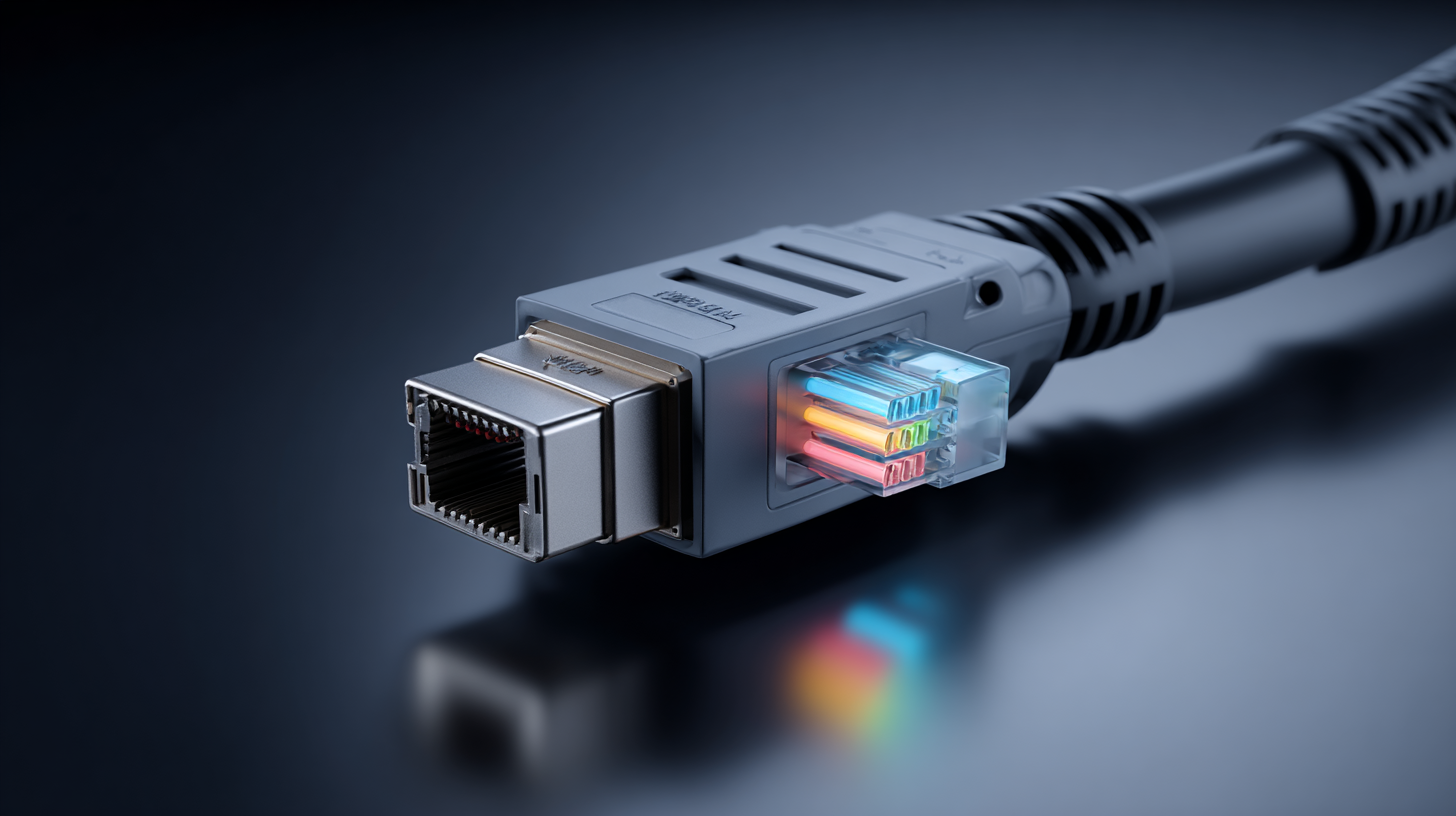
Moreover, AOCs contribute to energy efficiency in networking environments. Research from the Ethernet Alliance highlights that AOCs consume about 30% less power compared to traditional copper cables. This reduction in energy consumption is crucial for data centers striving to enhance their energy efficiency and minimize operational costs. Furthermore, AOCs are lighter and more flexible, simplifying installation and improving manageability within densely packed server environments. This combination of lower power usage and superior performance makes AOCs a compelling choice for modern networking infrastructures looking to scale while maintaining high efficiency.
40G QSFP+ Active Optical Cables (AOCs) have emerged as a vital component in modern data centers and enterprise networks due to their high speed and energy efficiency. As data consumption continues to soar, businesses are increasingly looking to upgrade their network infrastructure to handle the growing demand for bandwidth. According to a recent report by MarketsandMarkets, the global optical cable market is projected to reach $9.88 billion by 2025, driven by the expanded applications of AOCs in data-centric environments.
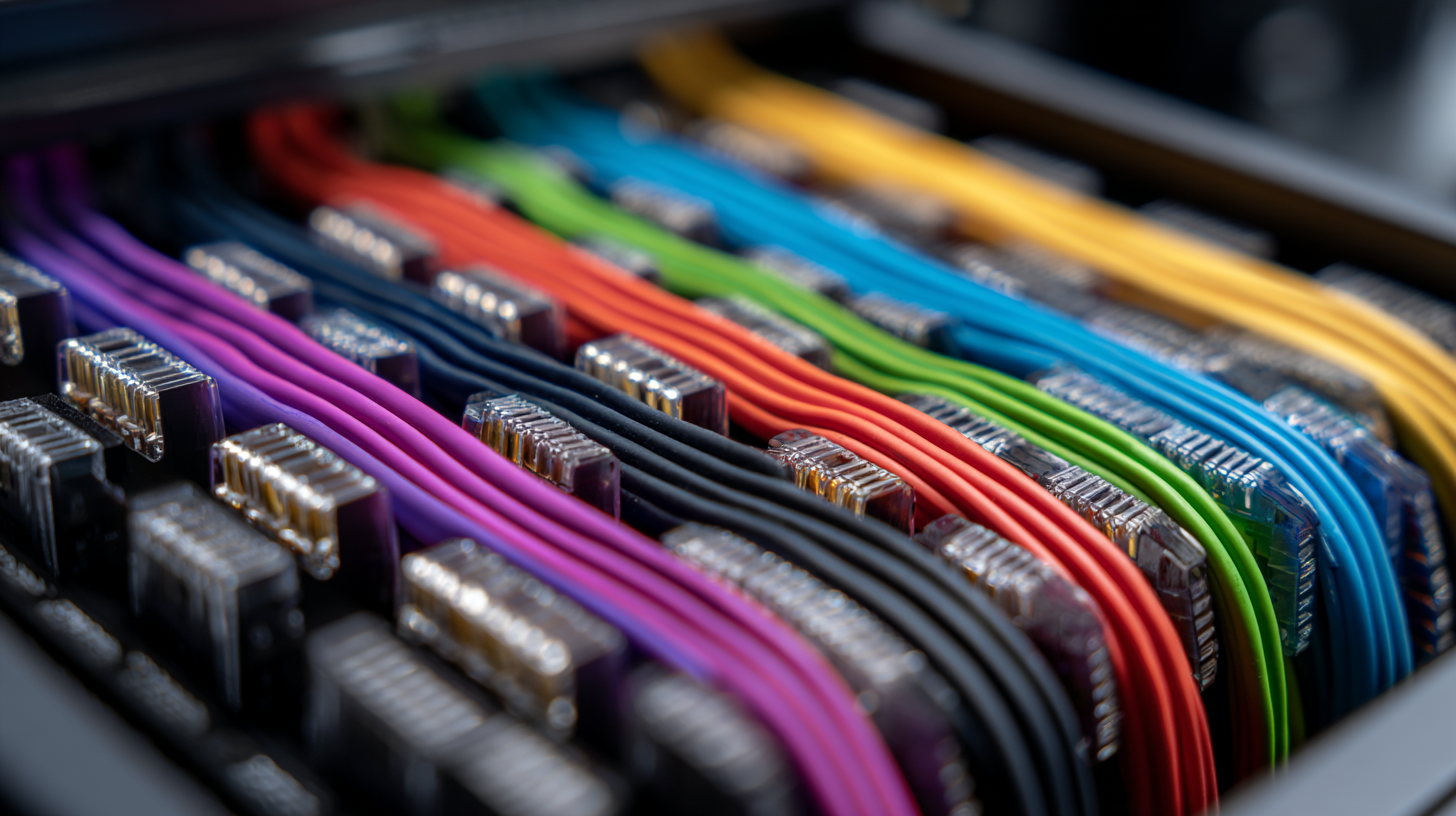
In data centers, 40G QSFP+ AOCs facilitate high-density connections, allowing for significant reductions in physical space and power consumption compared to traditional copper cables. With a typical reach of up to 100 meters, these cables support essential operations such as high-frequency trading, large-scale data processing, and cloud computing services. Additionally, a report by the International Data Corporation (IDC) highlights that the demand for higher bandwidth interconnects, particularly in enterprise settings, is set to grow at a CAGR of 15.5% through 2024, emphasizing the strategic importance of adopting AOCs to stay competitive in the rapidly evolving tech landscape.
The landscape of optical networking is evolving rapidly, with 40G QSFP+ Active Optical Cables (AOCs) leading the charge towards enhanced data transmission capabilities. According to a recent report by Research and Markets, the global optical networking market is projected to reach $30 billion by 2026, with a substantial portion attributed to advancements in 40G technologies. This growth is fueled by the increasing demand for high bandwidth and low latency connections, particularly in data centers and enterprise networks.
Future trends indicate a significant shift towards integrating machine learning and artificial intelligence with optical networking technologies. This convergence is poised to optimize network management and fault detection, enhancing operational efficiency. Furthermore, the development of coherent optical technologies is expected to push the boundaries of 40G transmissions, allowing for greater distances and better performance in high-speed networks. As stated in an analysis by IDC, the adoption of 40G AOCs is set to increase by over 50% in the next two years, reflecting the industry's commitment to upgrading infrastructure to meet burgeoning data demands.
This momentum signals a robust future for optical networking, with 40G technologies at the forefront of this transformation.

